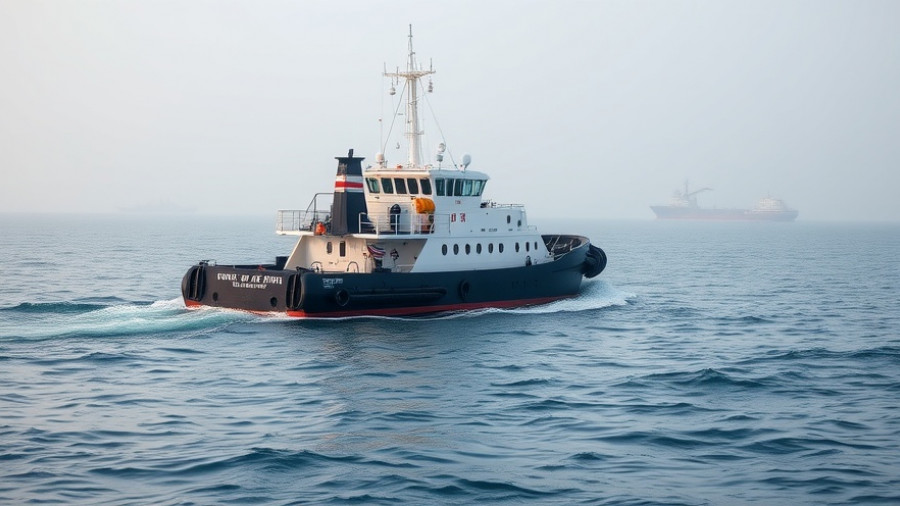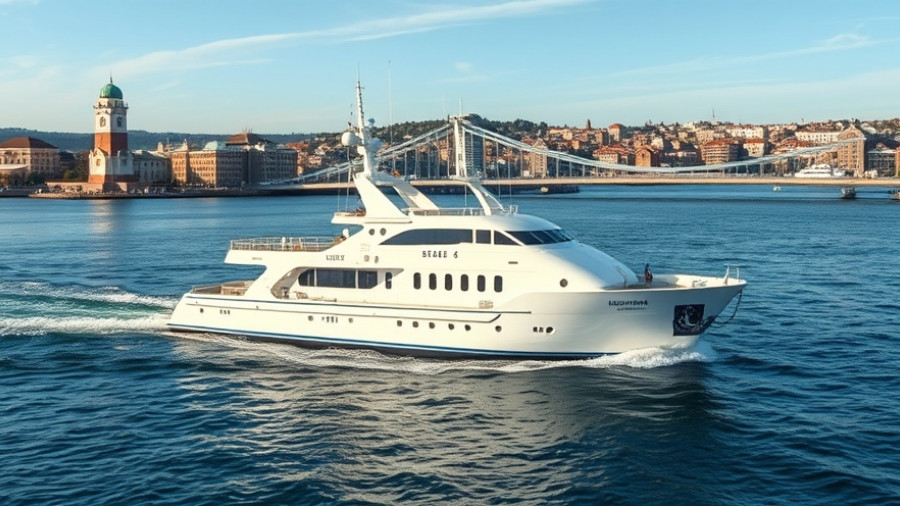
Steerprop's New Leadership: A Game Changer for Marine Innovation
In a bold move that signals a new chapter for the thruster propulsion specialist Steerprop, Juhani Hupli has been appointed as the new Director of Service. With over 25 years of experience in the maritime industry, Hupli joins at a pivotal moment, bringing a wealth of knowledge from his previous roles, including his recent position as Vice President of Transformations and Strategy at Wärtsilä. This appointment is not just about filling a position; it represents Steerprop's commitment to enhancing their service capabilities in an increasingly competitive market.
The Importance of Lifecycle Solutions in Marine Propulsion
Hupli's role will emphasize the development and delivery of lifecycle solutions for the company’s thrusters. In an industry where reliability is paramount, enhancing service offerings can be the deciding factor for operators faced with challenging marine conditions. Combining cutting-edge technology with Hupli's strategic vision can signal a transformative era for the company, as they aim to tailor their services to a more diverse customer base. This evolution is crucial for maximizing reliability and availability, ultimately improving operational efficiency for clients navigating the world's toughest marine environments.
Amplifying Steerprop's Legacy with Innovation
Steerprop has established itself as a leader in high-performance thruster production, known for its reliable technology in demanding marine applications. Under Hupli's direction, we can expect a robust focus on innovation, aiming to bridge the gap between product excellence and service proficiency. He stated, “It is critical that the service offering also evolves to meet the needs of a larger and more diverse customer base. I am looking forward to taking on that challenge.” This challenge will push boundaries and set new standards in the industry.
Future Predictions: A Landscape of Opportunity
The maritime industry is on the cusp of a technological evolution, especially as digital solutions gain traction. Hupli's experience in marine digital technology will be instrumental in incorporating advanced data analytics and digital tools into service provisions. With remote monitoring and predictive maintenance becoming industry norms, Steerprop’s customer engagement can transform from reactive to proactive. This shift could lead to significant cost savings for operators and open new revenue streams for the company.
Challenges Ahead: The Road to Service Transformation
However, the path to redefining service frameworks isn’t without hurdles. Steerprop will need to tackle significant challenges such as adapting to diverse customer needs, emerging competitors, and ongoing digital transformations within the industry. The company's adaptability will be tested as it migrates toward a more customer-centric model while maintaining its reputation for quality.
Human Interest: Building Relationships for Success
Ultimately, Hupli’s success will not just depend on technological advancements but also on how well he can cultivate relationships within the industry. The marine sector thrives on trust and collaboration. Engaging effectively with clients and stakeholders will be crucial, as personalized service can greatly enhance a company’s reputation and loyalty among customers.
Conclusion: A New Era Awaits
As Steerprop steps into this new phase with Juhani Hupli at the helm of service delivery, the maritime industry stands at the intersection of tradition and innovation. By redefining service in alignment with technological advancements, Steerprop is not only securing its place in the future of propulsion but also unveiling a promising pathway for their clients. The journey will undoubtedly unfold with fascinating developments and opportunities, leading us to wonder just how far this new direction will take them.
 Add Row
Add Row  Add
Add 




Write A Comment